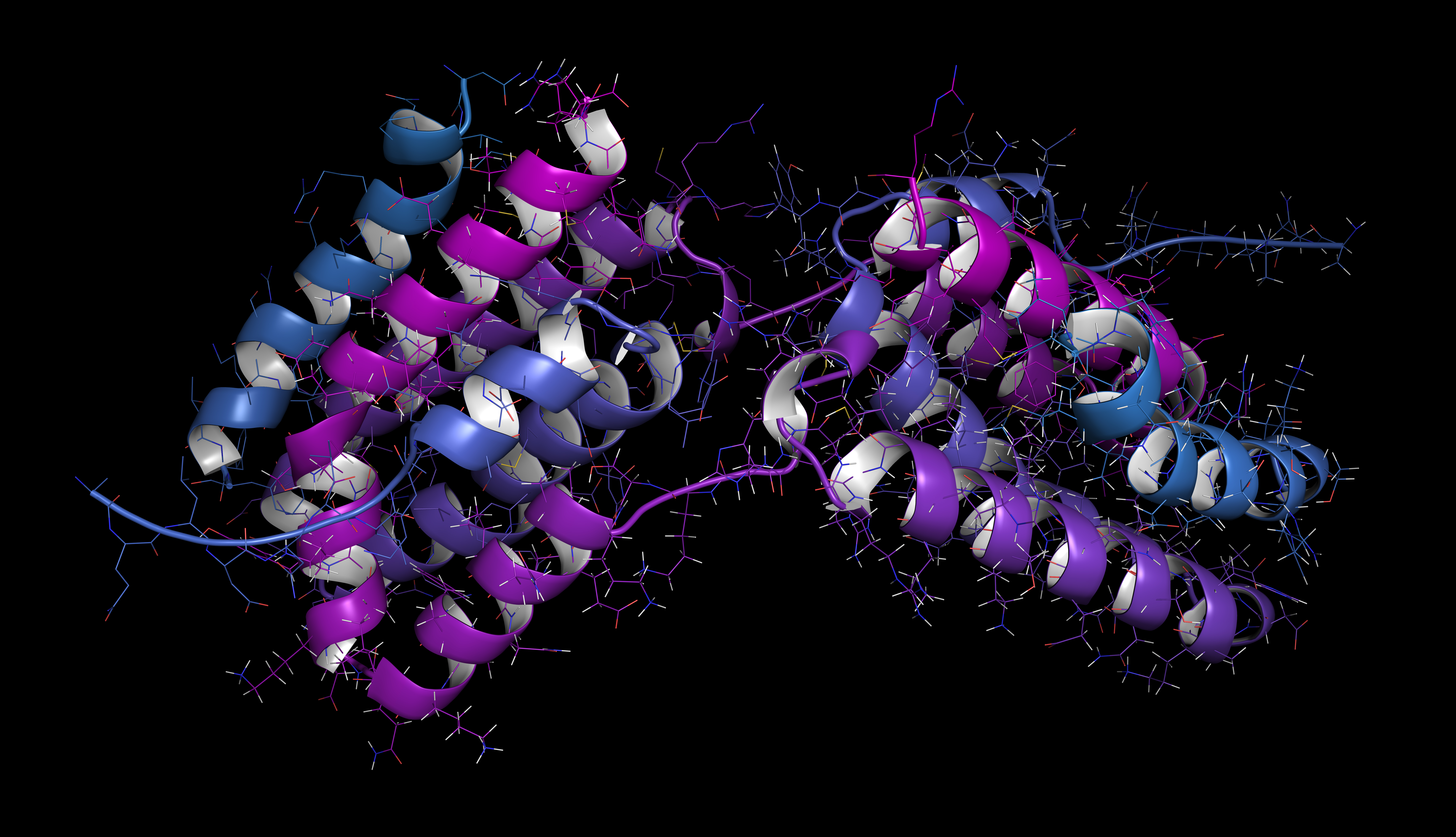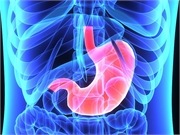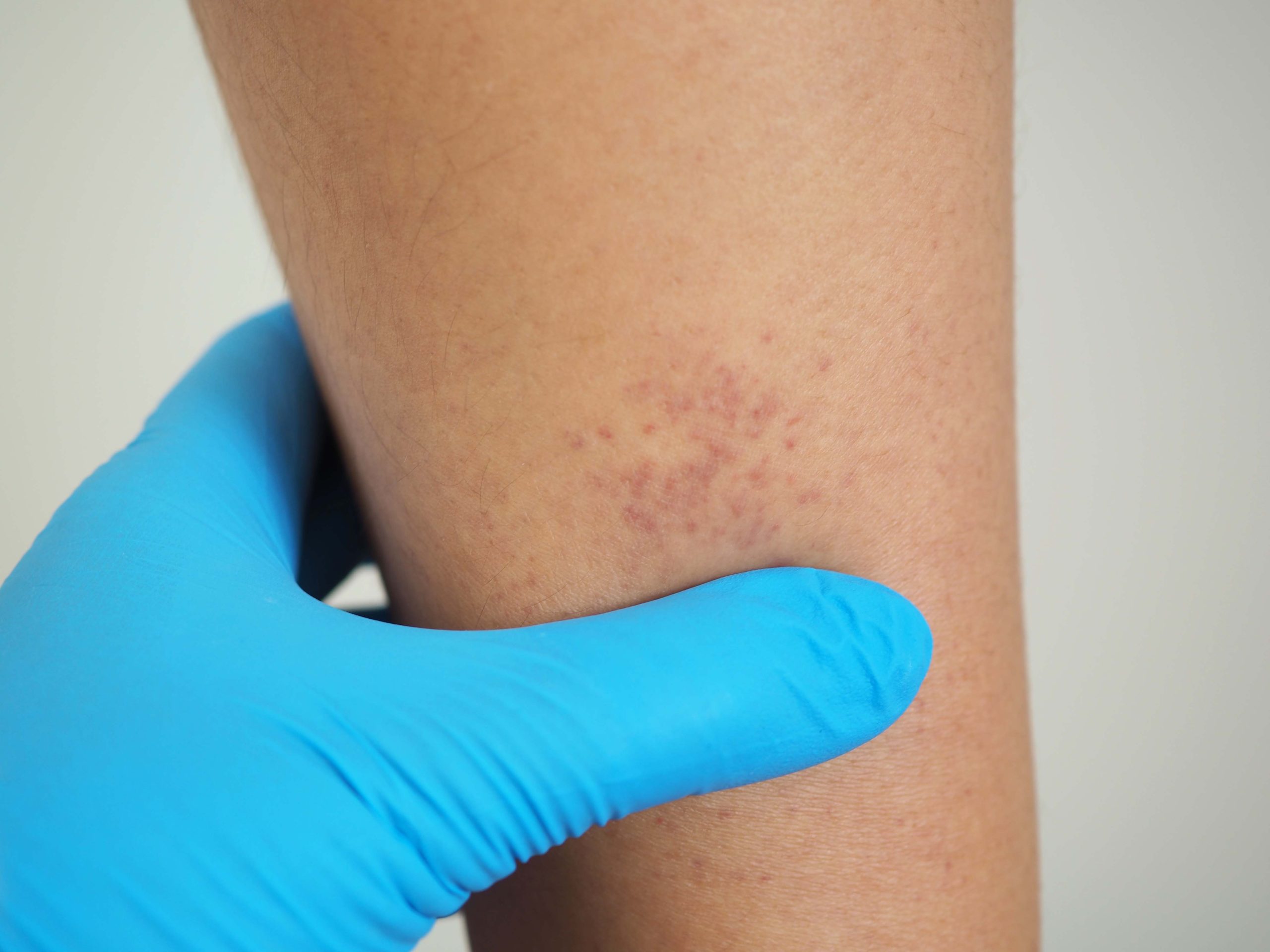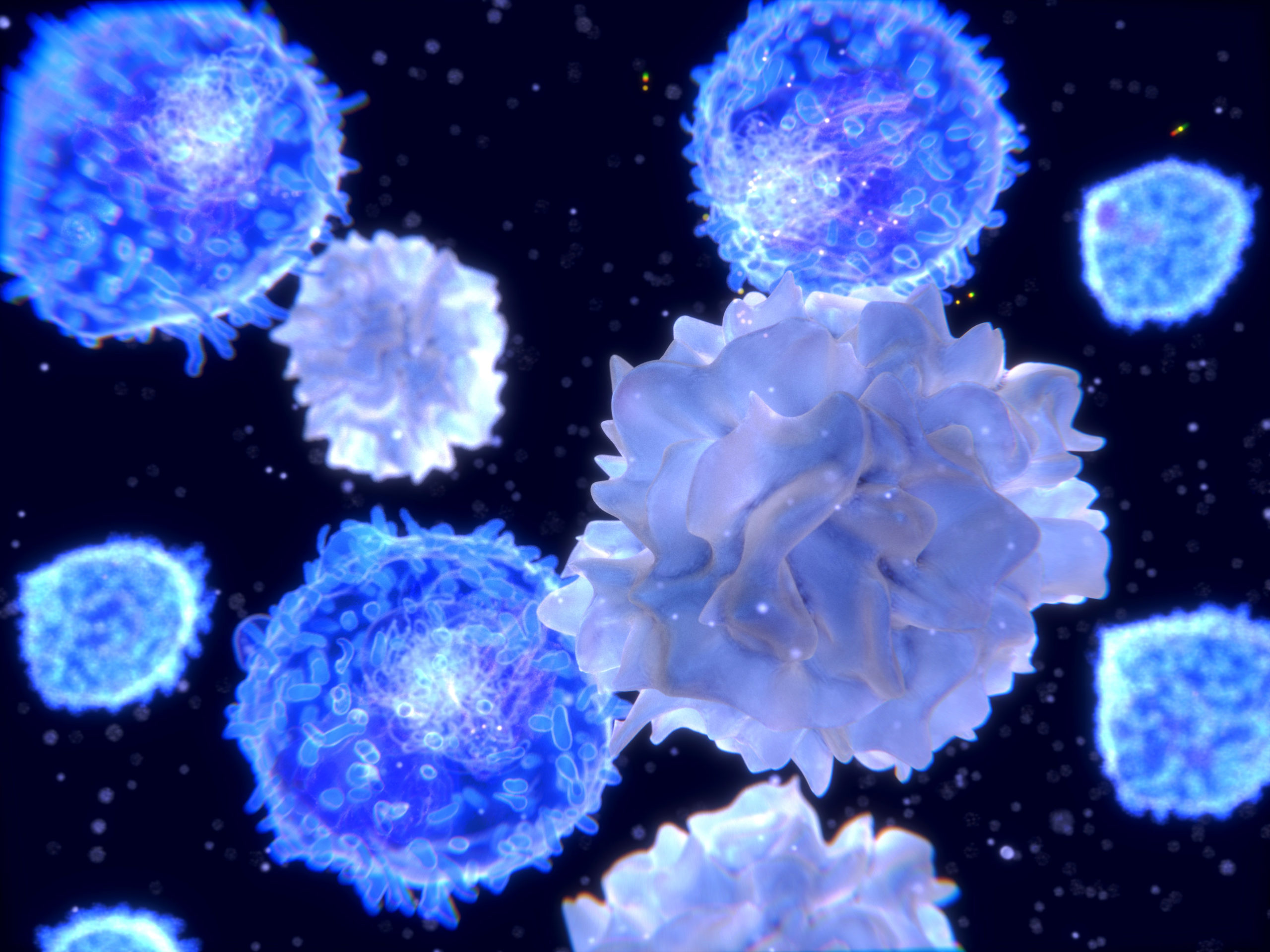
Researchers Qifeng Liu and Yan Liu examined the role of cytokines in patients with primary immune thrombocytopenia purpura (ITP) and any associations they held with disease stages. In their study, published in the Journal of Clinical Laboratory Analysis, they reported a significant imbalance of interleukin (IL)-10 and IL-22 in active cases of ITP, suggested that the 2 cytokines “seem to predict the clinical course of ITP.”
The study enrolled 110 patients with ITP, of which 55 were active ITP and 55 were in remission, as well as 55 healthy controls. The research team used the enzyme-linked immunosorbent assay technique to assess IL-10 and IL-20 in all 3 groups and real-time quantitative polymerase chain reaction to assess mRNA expression in peripheral blood mononuclear cells (PBMC). The clinical impact of IL-10 and IL-22 was determined via receiver operating curve analysis.
IL-10 and IL-22 to Predict Immune Thrombocytopenia Purpura
According to the article, patients with active ITP had much lower IL-10 levels (P<.05) compared to patients in remission and controls. Conversely, patients with active ITP had higher levels of IL-22 compared to the control and remission groups (P<.05). The mRNA expressions of IL-10 and IL-22 were also significantly different in the active ITP group compared to the other two groups (P<.05). The authors also revealed a statistically significant positive correlation between serum IL-10 and PBMC IL-10 as well as serum IL-22 and PMBC IL-22.
Ultimately, the researchers presented the theory that “imbalance of IL-10 and IL-22 levels in patients with ITP at the start stage may be a potential indication of the disease’s clinical development.” In closing, they called for further research on IL-10 and IL-22 to determine whether they are relevant therapy targets for ITP immune modulation.







 © 2025 Mashup Media, LLC, a Formedics Property. All Rights Reserved.
© 2025 Mashup Media, LLC, a Formedics Property. All Rights Reserved.